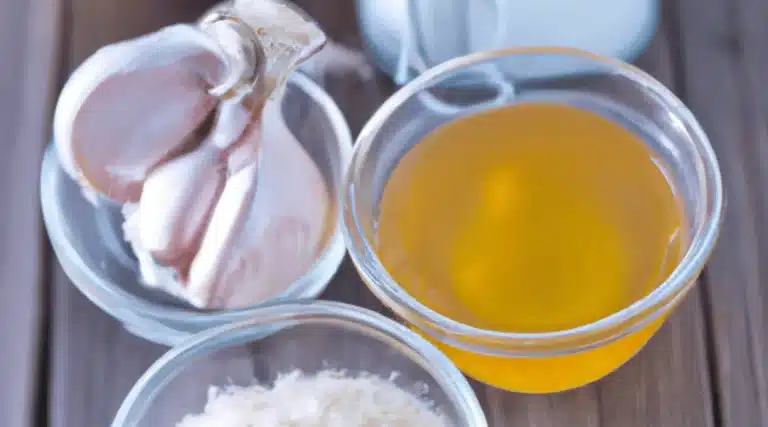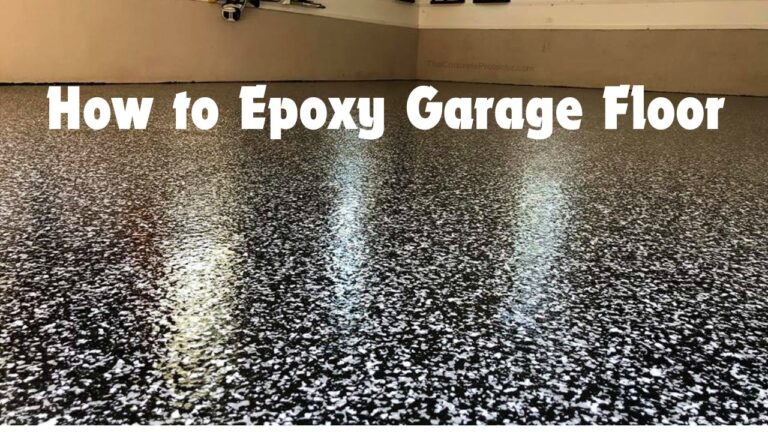Bonding primer adhesive is a special type of adhesive that is commonly used when installing or repairing drywall. It works by chemically bonding building materials together to create a strong, seamless bond.
Let’s dive into this peculiar topic and uncover the taste, health risks, and even unique uses of glue beyond its intended purpose.
In this blogpost, we will descirbe bonding primer adhesive, its different types, uses, pros and cons, how to apply it properly, and some handy tips and tricks.
What is Bonding Primer Adhesive?
A bonding primer adhesive is a unique adhesive that bonds building materials chemically. The key difference between bonding primer adhesive and regular adhesives like wood glue or construction adhesive is that bonding primer adhesives actually fuse with the materials at a molecular level to create an incredibly strong bond.
Regular adhesives work by clinging to the porous surfaces they are applied to. But bonding primers penetrate deep into the materials to create a bond. The chemical reaction that takes place results in a seamless bond between the materials, almost as if they have been welded together.
Bonding primers come as solvent-based or water-based liquids that can be rolled, brushed, or sprayed onto surfaces. Once applied, the materials being bonded only need to be pressed together for the powerful chemical bond to take place.
Types of Bonding Primer Adhesives
There are a few different types of bonding primer adhesives available:
- Drywall bonding primers – Designed for bonding drywall to framing or existing walls. Bonds strongly to wood, concrete, and metal.
- Universal bonding primers – Can bond almost any building material including wood, drywall, concrete, plastic, metal, tile, and more. The most versatile option.
- Construction adhesive primers – Formulated for using with construction adhesives to create extra-powerful bonds.
- Contact cement primers – Made for use with contact cement adhesives. Helps contact cement bond strongly to surfaces like plastic and metal.
Each type is designed to provide optimal bonding power for particular applications and material combinations. Make sure to choose the variation suited for your specific project.
Uses for Bonding Primer Adhesives
Bonding primer adhesives have many common uses in construction and home repairs:
- Installing drywall onto framing or old drywall during new construction or renovations.
- Applying veneers, laminates, and wall panels to existing surfaces.
- Bonding plastic or composites to surfaces.
- Gluing fiberglass, acrylic, or polycarbonate sheets into place.
- Repairing cracks or holes in drywall.
- Securing ceramic or porcelain tiles to create a waterproof bond.
- Fastening paneling, sheathing, molding, or trims.
- Laminating decorative surfaces to countertops, desks, or tabletops.
- Permanently mounting fixtures like light covers, electrical boxes, or bathroom accessories.
The strong chemical bond that bonding primer adhesives create makes them perfect for heavy duty applications where a permanent bond is crucial. They outperform other adhesives.
Pros and Cons of Bonding Primer Adhesives
Here are some of the key advantages and disadvantages of using bonding primer adhesives:
Pros:
- Create an incredibly strong, permanent bond between materials.
- Provide a smooth, seamless finish for construction jobs.
- Allow bonding of non-porous materials like metal and plastic.
- Can be used to bond dissimilar materials.
- Available as solvent-based or water-based formulas.
- Require only quick pressing together of materials after application.
Cons:
- Bonding is permanent, so mistakes can’t be easily undone.
- More expensive than regular adhesives.
- Solvent-based versions contain volatile organic compounds (VOCs).
- Improper application can create weak bonds that later fail.
- Have a short shelf life after opening.
- Require both surfaces to be clean and properly prepared first.
How to Apply Bonding Primer Adhesives
Using bonding primer adhesives properly is important to create a lasting bond:
- Prepare the surfaces by cleaning thoroughly to remove any dirt, dust, oil, or debris that could interfere with bonding. Sand glossy surfaces lightly for the best results.
- Mask off any areas you don’t want the primer to touch using painter’s tape. Protect nearby surfaces.
- Apply a test patch first and let cure fully to ensure proper bonding will occur before proceeding.
- Spread a thin, even layer of bonding primer adhesive onto one surface using a paintbrush, roller, or sprayer. Only coat enough area that can be bonded within the working time of the adhesive.
- Let the primer become slightly tacky to the touch per the manufacturer’s directions. It should not be completely dried.
- Press the two surfaces together firmly for at least 10 seconds to initiate the bonding process. Use clamps or tape to hold heavy materials in place if needed.
- Avoid moving the materials until completely cured. Full bond strength will take up to 7 days to develop in most cases.
- Clean up any excess adhesive with the appropriate solvent while still wet.
Be extremely careful during application, as the powerful chemical bonds will be permanent.
Tips and Tricks for Using Bonding Primer Adhesives
Follow these tips and tricks to get the most out of bonding primer adhesives:
- Only apply the primer adhesive to one surface – never both. This ensures the strongest bond.
- Less is more. Apply a thin coat of primer adhesive rather than globbing it on thickly.
- Store opened bonding primer containers properly to maximize shelf life. Keep well sealed and free of moisture.
- When bonding porous materials like wood, apply a coat of standard primer first so the bonding primer doesn’t get absorbed.
- Coat any cut edges or ends thoroughly, as these are critical for strength.
- Keep the materials still as they cure. Movement can substantially weaken the bond.
- Wear gloves and eye protection when handling, as bonding primers contain strong chemicals.
- Use plastic applicators if possible. The primer can corrode metal tools.
- Ensure all health and safety protocols are followed when using, as the fumes from solvent-based primers can be harmful.
By selecting the right bonding primer for your materials and application method, and applying it properly, you can create bonds stronger than any conventional glue or adhesive. Just take care because the powerful bond will be permanent. With the right techniques, you can permanently fuse materials together for outstanding strength and durability.
Conclusion
Bonding primer adhesives provide an incredibly strong chemical bond between building materials that outperforms conventional adhesives. By chemically fusing surfaces together at a molecular level, they create a seamless, permanent bond. Choosing the right formulation for your specific materials and application is key, as is proper surface prep and following directions during application. Though bonding primers have some downsides like permanence and cost, when used correctly they are extremely effective at adhering nearly any material for repairs, construction projects, and more. Just take care to apply them properly, as the powerful bonding action will be long-lasting.





